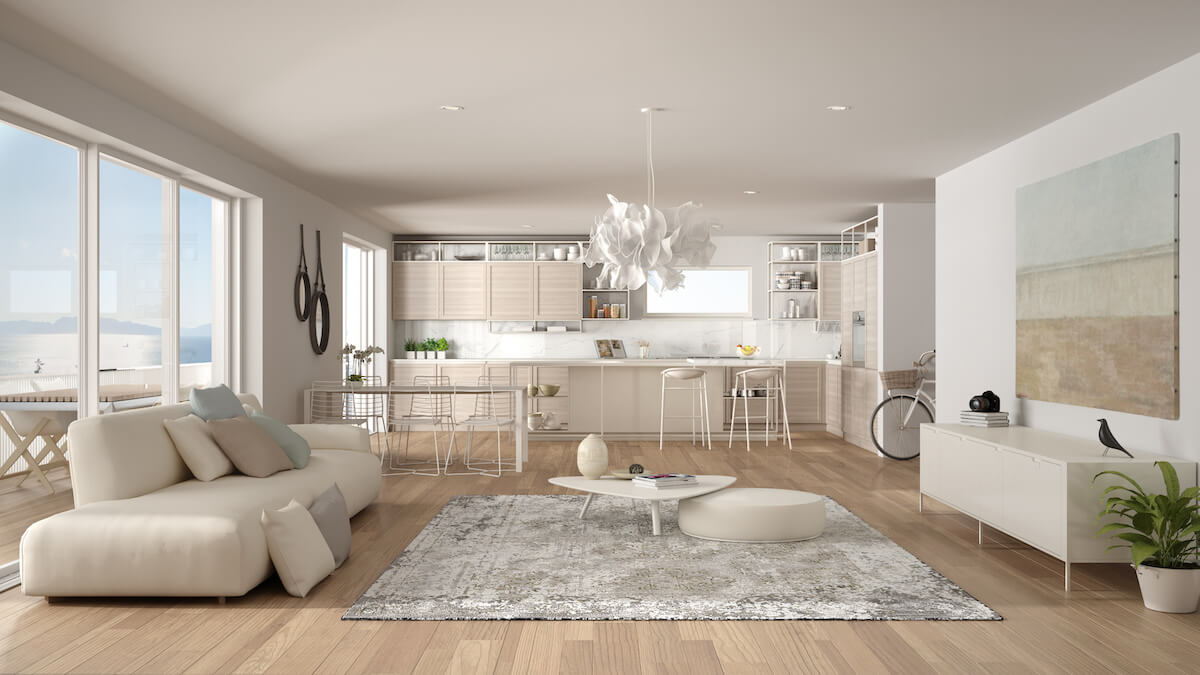All Categories
Featured

When creating a home, the design of furnishings you select plays a considerable duty in setting the total tone and atmosphere of an area. 2 noticeable designs that home owners typically debate in between are standard and contemporary.
- Style and Framework. Contemporary Furnishings: Contemporary furnishings is characterized by sleek, minimalist layouts that stress simplicity and clean lines. Contemporary furnishings tends to be light and ventilated, preferring open rooms, and commonly avoids extreme decoration.
Typical Furnishings: Standard furnishings, by contrast, draws inspiration from historical styles such as Colonial, Victorian, or French Provincial. Unlike the sleekness of contemporary pieces, conventional furniture commemorates craftsmanship, typically showcasing perfectly detailed woodwork and luxurious furniture.
- Products and Finishes. Contemporary Furnishings: Contemporary furnishings is used a variety of materials, consisting of steels, glass, acrylic, and timber. The coatings are typically more subtle, concentrating on matte or glossy surfaces. The materials utilized are often lighter and much less fancy than those found in standard furnishings, however they are designed to stress tidy lines and open rooms. In some situations, modern furnishings attributes mixed materials, such as wood combined with steel or glass, to develop a trendy and balanced appearance.
Standard Furnishings: Standard furniture is known for its usage of top quality, solid products, specifically hardwoods like oak, cherry, walnut, and mahogany. The construction of standard furnishings items is often a lot more hefty and robust, built to last for generations.
- Color Scheme. Contemporary Furnishings: The shade combination in modern furniture is normally a lot more suppressed and neutral. Shades of black, white, grey, and beige control, supplying a tidy and calm ambience. While these neutral tones are the key foundation, modern furnishings often integrates strong accent shades to bring in individuality and vibrancy. These stands out of color can come through in throw cushions, art work, or carpets, developing a dynamic comparison within the space. Generally, the color pattern has a tendency to be well-balanced and harmonious, enhancing the modern and minimalist aesthetic.
Typical Furniture: Typical furnishings, on the various other hand, includes richer, much deeper colors. Shades like wine red, navy, woodland green, and gold are generally used to develop a warm, welcoming ambience. Standard furniture likewise often tends to include extra complex patterns and structures, such as flower motifs, damask, and red stripes. Making use of these patterns, combined with the deep, cozy colors, adds a feeling of comfort, beauty, and a much more official tone to the space.
- Convenience and Practicality. Contemporary Furnishings: Convenience and functionality are essential parts of contemporary furniture. Several contemporary furnishings designs are modular, allowing for flexibility and flexibility in various space dimensions and formats.
Traditional Furniture: While comfort is absolutely a consideration in conventional furniture, it takes a backseat to the style and charm of the layout. Standard furnishings may also include complex details such as tufted furniture, scrollwork, and hand-carved legs, which improve the aesthetic charm yet might not always supply the very same level of practicality as modern designs.

- Integration with Other Designs. Contemporary Furniture: One of the benefits of modern furnishings is its versatility. Contemporary furniture works well in open-plan spaces, city homes, and homes with minimal décor.
Typical Furnishings: Traditional furniture is more fit to homes that accept a traditional, timeless layout. While it can be combined with modern or modern items to create a diverse aesthetic, conventional furnishings often stands out on its very own.
- Longevity and Timelessness. Contemporary Furniture: Contemporary furniture often tends to develop with the times, mirroring current design fads and preferences. While the contemporary appeal of these items can last for several years, they may not have the exact same enduring power as standard furnishings. As patterns alter, contemporary furniture might come to be out-of-date, yet this can also be an advantage for those that enjoy upgrading their home regularly to stay up to date with layout changes.
Conventional Furnishings: Typical furniture, nevertheless, has an ageless high quality that allows it to retain its appeal for generations. Due to its classic design and top notch materials, standard furnishings often becomes a lasting financial investment.
Conclusion. Ultimately, the choice in between modern and traditional furnishings designs depends on your individual choices and the environment you desire to develop in your home. In comparison, standard furniture provides timeless elegance and intricate craftsmanship, excellent for developing a glamorous, timeless atmosphere.
Latest Posts
Take Advantage of Special Auto Repair Offers in Chicago at Montclare Auto Repair
Published May 28, 25
1 min read
Secure and Improve Your Home with Weathercraft's Exterior siding Solutions
Published May 25, 25
1 min read
Explore Budget-Friendly Auto Repairs with Montclare’s Monthly Service Specials
Published May 24, 25
1 min read
More
Latest Posts
Take Advantage of Special Auto Repair Offers in Chicago at Montclare Auto Repair
Published May 28, 25
1 min read
Secure and Improve Your Home with Weathercraft's Exterior siding Solutions
Published May 25, 25
1 min read
Explore Budget-Friendly Auto Repairs with Montclare’s Monthly Service Specials
Published May 24, 25
1 min read